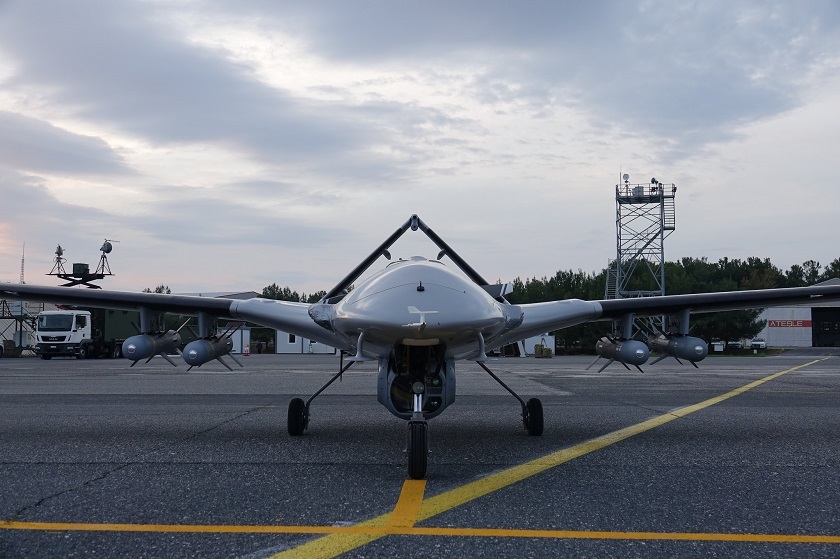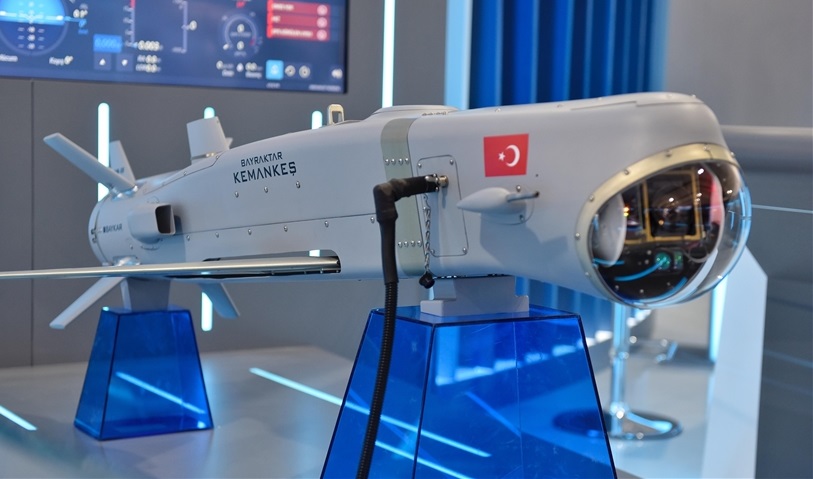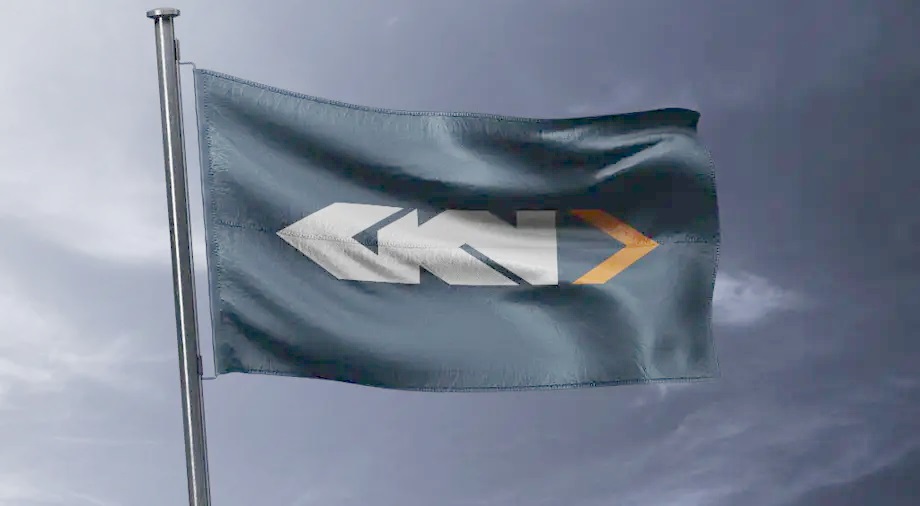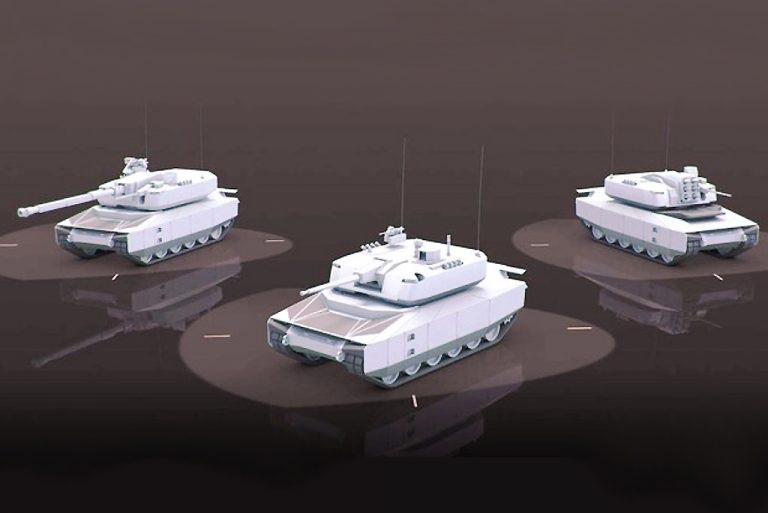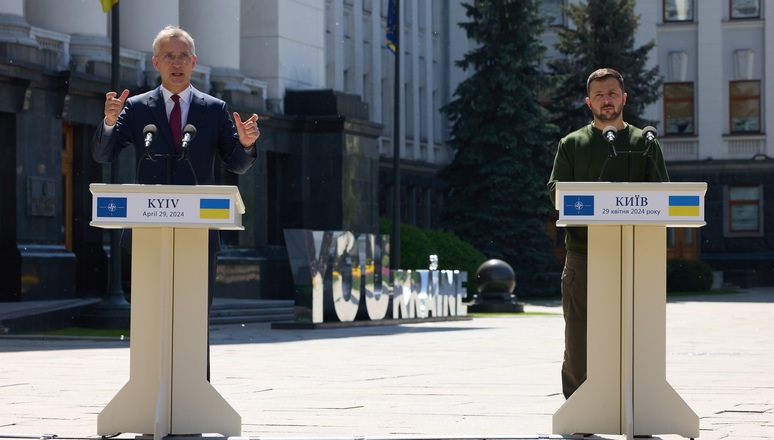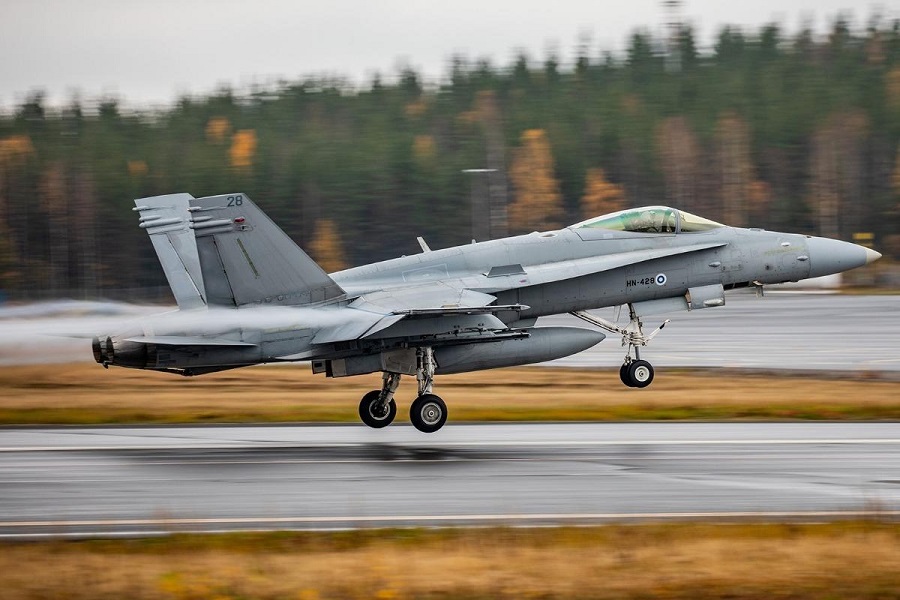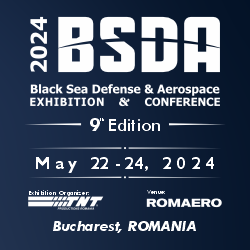Introduction
The proliferation of Turkish drone technology on the global arms market has raised concerns within the European Union (EU) and the North Atlantic Treaty Organisation (NATO) regarding its potential impact on regional security and alliance cohesion. At the crux of these concerns lies Türkiye’s ‘no-questions-asked policy’ in drone exports, allowing for the unrestricted sale of advanced military technology without stringent checks (Borsari, 2022; International Crisis Group, 2023). Considering Türkiye’s aspirations to solidify its position as a credible drone exporter, this info flash delves into Turkish drone developments, assesses their role in contemporary conflicts, and examines the implications for Ankara’s relations with NATO countries.
Turkish drone developments
According to Cagaptay and Outzen (2022), Türkiye’s foray into drone technology stemmed from a sense of frustration with the performance of Israeli and US-acquired drones. This dissatisfaction prompted Turkish Aerospace Industries (TAI) to start drone production, paralleled by a shift in foreign policy aimed at positioning Türkiye as a regional power. President Recep Tayyip Erdoğan’s vision has been instrumental in steering Türkiye towards becoming a standalone power in the Middle East and Northern Africa (MENA) region and beyond (Cagaptay, 2023). Therefore, Türkiye’s attempt to establish itself as a drone super-power manifesting in tandem with foreign policy changes possibly influenced the international perception of Turkish drone exports.
TAI initiated drone development in 2010-2012, culminating in the creation of the ANKA model, which continues to be exported today. However, it is the privately owned Baykar company that spearheaded mass production, particularly with the development of the TB2 model in 2012, equipped with precision strike capability by 2015. Following a testing phase between 2015-2017, TB2 and ANKA drones were not only integrated into the Turkish military but also exported internationally (Cagaptay & Outzen, 2022). The rapid growth and commercial success of Türkiye’s predominantly private-sector drone industry (International Crisis Group, 2023) underscores the effectiveness in exporting its drone-based strategy, solidifying its regional and global influence. By 2020, Türkiye’s adept use of these drones allowed it to influence events in regional conflicts, notably in Syria, Libya, and the South Caucasus, even surpassing formidable actors like Russia.
Türkiye’s success in drone exports can be attributed to its innovative military strategy, which revolves around drones but extends to include precision munitions, advanced software, electronic warfare systems, highly trained units, specialised training, strategic doctrine, and field experience (Cagaptay & Outzen, 2022). Another key factor contributing to Türkiye’s success as a drone exporter is the balance between low cost and high reward (Borsari, 2022).
While Turkish drones may not boast cutting-edge technology, their affordability makes them accessible to “middle-power and other aspirant nations” (Cagaptay & Outzen, 2022, p. 58). Compared to Western counterparts, Turkish drones offer comparable capabilities at a significantly lower cost. For example, the TB2 model is priced at approximately $5 million (Borsari, 2022), a considerable difference compared to the American MQ-9 Reaper priced at $20 million (U.S Department of Defence Fiscal Year 2022 Budget Estimates, 2022), and the advanced Protector RG Mk 1 at $28 million (RAF qtd. in Borsari, 2022). This makes Turkish drones a preferred option over alternatives like China’s Wing Loong, which, despite similar pricing, offers inferior quality (Borsari 2022; Cagaptay & Outzen, 2022).
Turkish drones in contemporary conflicts
Türkiye’s burgeoning drone exportations are not only reshaping the geopolitical landscape but also transforming the nature of warfare itself (Farooq, 2022). With their cost-effectiveness, versatility, and precision capabilities, Turkish drones are altering traditional military strategies and tactics, ushering in a new era of conflict dynamics. As mentioned before, examples range from aiding the Libyan Government of National Unity in countering Marshal Khalifa Haftar’s offensive, enabling Ethiopian Prime Minister Abiy Ahmed to outmanoeuvre Tigray rebels, assisting Azerbaijan in defeating the Armenians, and placing Ukrainians at an advantage against the Russians (Dadet, 2023). As “the whole world is a customer” (Farooq, 2022), the span of countries interested in acquiring the Bayraktar technology goes beyond those mentioned here.
To begin with the most recent and ongoing conflict – the Russian invasion of Ukraine. In 2019, Ukraine bought a fleet of at least six TB2s for a reported $69 million. It has since been named “[Ukraine’s] life-giving Bayraktar” by the commander-in-chief of Ukraine’s armed forces Valerii Zaluzhnyi (Zaluzhnyi qtd. in Witt 2022). More recently, since the 2020 Russian invasion of Ukraine, Kyiv has relied on the proven success of large drone models such as the Turkish TB2 Bayraktar (Thompson, 2024). While new equipment has been needed as Russia and Ukraine change their military strategies, the TB2s still maintain relevance in Ukraine’s defensive fight.
Secondly, in Syria, Turkish drones have carried out military operations against the Syrian Democratic Forces (SDF), which Ankara deems to be an extension of the PKK (Cagaptay & Outzen, 2022). Most notably, in 2019 Ankara held a military operation against the SDF that “devastated service facilities and vital installations of the Syrian people in northeast Syria” (Abdi, 2023). Consequently, NATO allies imposed new arms export restrictions and sanctions on Ankara. Specifically, in 2020, the U.S. both sanctioned and banished Türkiye from its F-35 fighter jet programme regarding its 2017 purchase of the S-400 missile defence system from Russia (International Crisis Group, 2023).
The same year, another theatre opened for Ankara to put its military backing onto Azerbaijan in the 2020 Nagorno-Karabakh war. Being the closest of allies, it was unsurprising that Türkiye would support Azerbaijan in a conflict. Surprisingly, however, following Türkiye’s involvement in the conflict, Canada banned the use of its electro-optical and targeting sensor systems on the TB2 (International Crisis Group, 2023). These sanctions did little to deter Türkiye. In fact, with Ankara’s continued military support, the military aid assisted Azerbaijan’s victory. On 12 February 2024, Azerbaijan signed a new deal with Türkiye by opening a training facility for the new Akinci drone it has acquired (Yaylali, 2024). Even sanctions and international reprimand do little to deter the production and exportation of Turkish-made drones, which Witt calls a “spectacular propaganda machine … to promote [Erdoğan’s] vision” (2022). Interestingly, each round of sanctions placed upon Ankara because of its drone exportations has invigorated domestic production rather than impeding it (International Crisis Group, 2023). Accordingly, President Erdoğan vowed, in 2021, to “continue to increase our [Türkiye’s] investments in the defence industry until we completely free our country from foreign dependence” (Duz, 2021).
These examples, representing a much larger web of exportation, vividly illustrate the impact Turkish drone technology has had and continues to have on modern warfare. The imposition of sanctions on Ankara and its drone exportation for certain conflicts seems to present a potential hindrance in the ‘united’ NATO alliance.
Potential hurdles with NATO allies
Türkiye’s aforementioned ‘no-questions-asked-policy’ in drone exportation draws international attention, and at times attracts criticism (Coşkun, 2022). For example, as Ankara cannot control how its drones are used by countries that buy them, Türkiye’s policy of exporting drones could damage its international reputation, “as the country at worst accrues blame, or at best creates bad optics, for distributing weaponry that so easily lends itself to war crimes” (Borsari, 2022). Moreover, according to Bastian (2022), “Turkey does not hesitate to sell its weapons to countries on the opposite sides of a military conflict” (p.7). As well as this unquestioning approach, Türkiye has exported its services to more than 185 countries in 2023 (Bastian, p. 5). This approach, coupled with the extensive outreach of military hardware and services, raises questions about whether it poses an ever-increasing hurdle in Türkiye’s relationships with countries, particularly its NATO allies.
Türkiye continues its cooperation with NATO partners in defence and security projects. Projects such as NATO-INTEL-FS2 and the NATO Innovation Fund demonstrate Türkiye’s involvement in multinational ventures aimed at enhancing military research and application (Bastian, 2024). Additionally, while approval is still pending from Berlin and Rome, Türkiye’s request in 2023 to acquire forty Eurofighter Typhoon jets, from the “four-country consortium composed of Germany, Italy, Spain, and the United Kingdom,” signals ongoing talks and collaborations between Ankara and its NATO allies (ibid, p.6). Indeed, as Bastian (2024) articulates, the solidification of Türkiye’s drone exports and the subsequent potential sales should be understood within the broader context of NATO interoperability.
While various Western and NATO allied countries have and continue to obstruct Ankara’s arms exportations (Carbert, 2019; Coşkun, 2022), a more cohesive collaboration between Ankara and NATO and European allies would seemingly present more fruitful opportunities for defence and security matters. A unilateral approach to the “ongoing recalibration of power balances on both regional and global scales” (Bastian, 2024), would aid in the geopolitical pressure faced by Ankara and Europe. Borsari (2022) argues that a rapprochement between Ankara and European countries is ever more necessary. Moreover, Borsari deems NATO to be the perfect forum, “given that some members of the alliance have purchased Turkish drones and that Türkiye has an interest in fully re-engaging in defence cooperation with its Western partners” (2022).
So, in the words of Aram Hamparian, the executive director of the Armenian National Committee of America, there need to be more cohesive and unbiased laws for drones. According to Hamparian, this would prevent the US’s arbitrary imposition of sanctions when it is against US policy and the convenient use of Turkish drones “when it advances some policy aim” (Hamparian as cited in Farooq, 2022). Therefore, there should be an international call for drone collaboration rather than capricious reprimands among the NATO and European alliances. Moreover, with Türkiye having already consolidated its position globally as a successful drone exporter, military equipment such as TB2s being imperative to Ukraine’s fight against Russia, and the very recent developments that the Baykar company is building a factory in Ukraine and Azerbaijan (Magid, 2024), it seems a crucial moment for the NATO alliance to agree on unbiased laws and present a mutually beneficial security front.
This article was originally published on the website of FINABEL -European Army Interoperability Centre.


